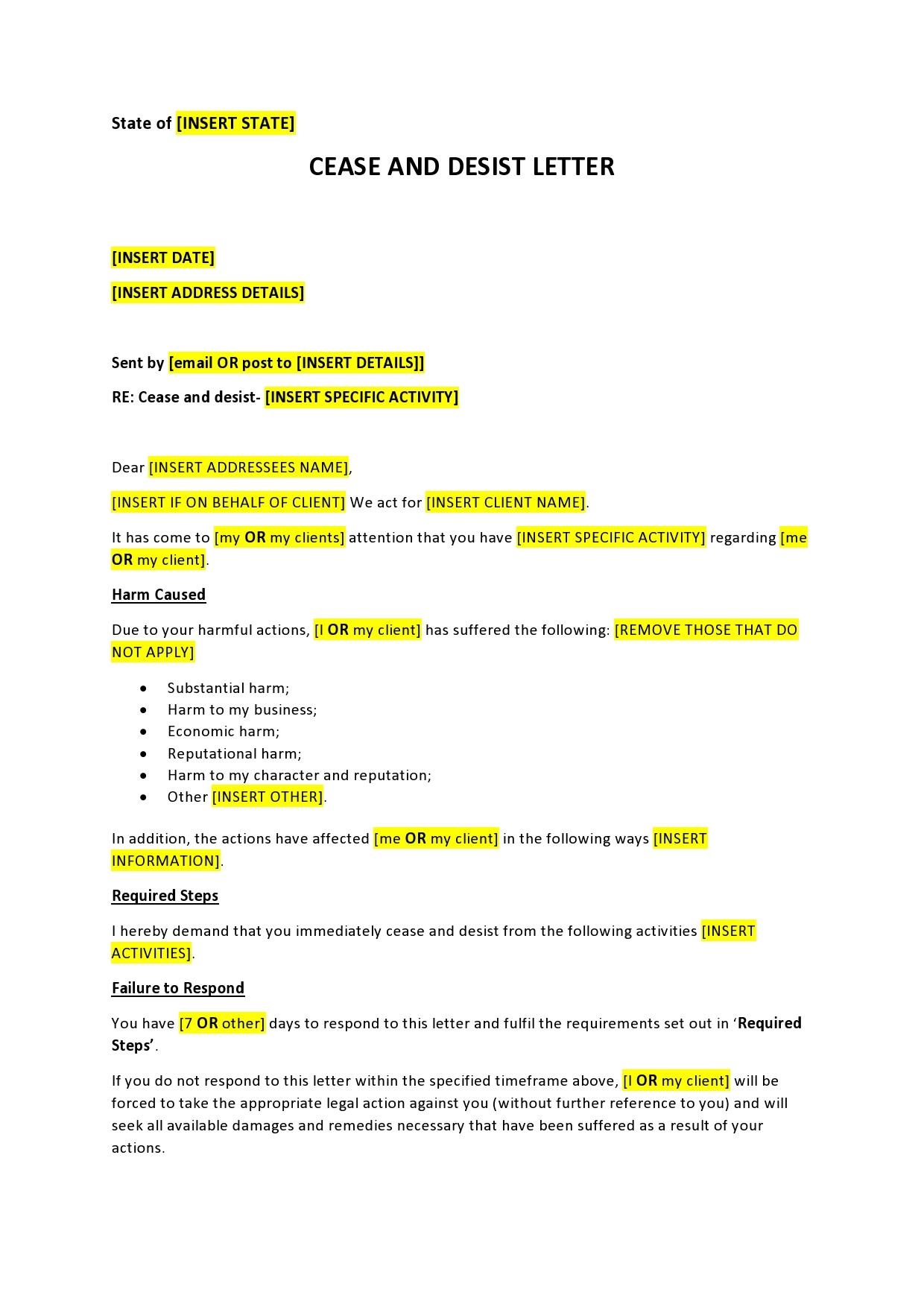
If you find yourself in a situation where someone is infringing on your rights or causing harm to you or your business, a cease and desist letter can be a powerful tool to put a stop to unwanted behavior. A cease and desist letter is a formal document that demands an individual or entity to stop engaging in certain activities that are deemed harmful or unlawful.
In this comprehensive guide, we will explore what cease and desist letters are, why they are important, how to create one, examples of when to use them, and tips for successful implementation.
What is a Cease and Desist Letter?
A cease and desist letter is a written communication that formally demands an individual or entity to stop engaging in specific actions that are causing harm or infringing on the rights of another party.
These letters are typically sent by individuals, businesses, or their legal representatives to address issues such as harassment, copyright infringement, defamation, breach of contract, or other forms of misconduct.
Why Use a Cease and Desist Letter?
There are several reasons why using a cease and desist letter can be beneficial when dealing with a situation where someone is causing harm or infringing on your rights:
- Formal Notice: A cease and desist letter provides a formal and documented notice to the recipient that their actions are unacceptable and must stop immediately.
- Legal Protection: By sending a cease and desist letter, you are establishing a legal record of your efforts to resolve the issue before taking further legal action.
- Avoiding Litigation: Cease and desist letters can often resolve disputes without the need for costly and time-consuming litigation.
- Preserving Relationships: In some cases, a cease and desist letter can help preserve relationships by addressing the issue professionally and respectfully.
How to Create a Cease and Desist Letter
Creating a cease and desist letter involves several key steps to ensure that your message is clear, concise, and legally sound:
- Identify the Issue: Clearly state the specific actions that are causing harm or infringing on your rights.
- Provide Evidence: Include any relevant evidence, such as screenshots, emails, or witness statements, to support your claims.
- State Your Demands: Clearly outline the actions that the recipient must take to remedy the situation, such as ceasing the infringing activities or issuing a public apology.
- Set a Deadline: Specify a reasonable deadline for the recipient to comply with your demands, typically within a short timeframe.
- Consult with Legal Counsel: If you are unsure about the legal aspects of drafting a cease and desist letter, it is advisable to seek guidance from a legal professional.
Examples of When to Use a Cease and Desist Letter
There are various situations where sending a cease and desist letter may be appropriate, including:
- Harassment: If you are being harassed or threatened by an individual, a cease and desist letter can demand that the behavior stop immediately.
- Copyright Infringement: If someone is using your copyrighted material without permission, a cease and desist letter can demand that they cease and desist from further use.
- Defamation: If someone is spreading false and harmful information about you or your business, a cease and desist letter can demand that they retract the statements and cease further dissemination.
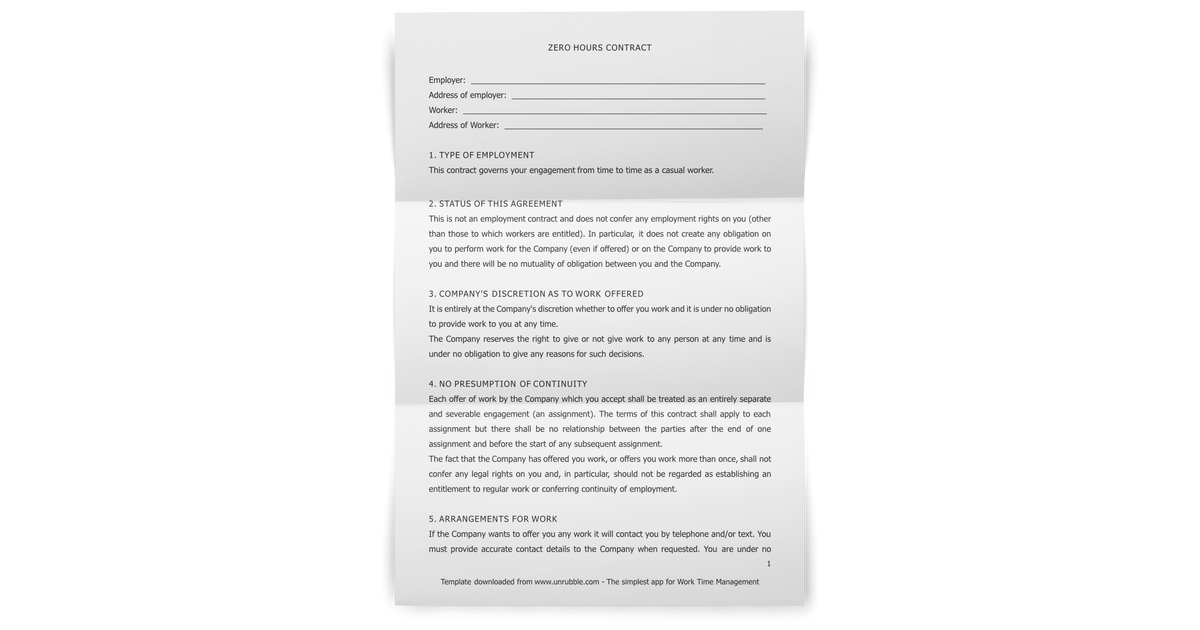
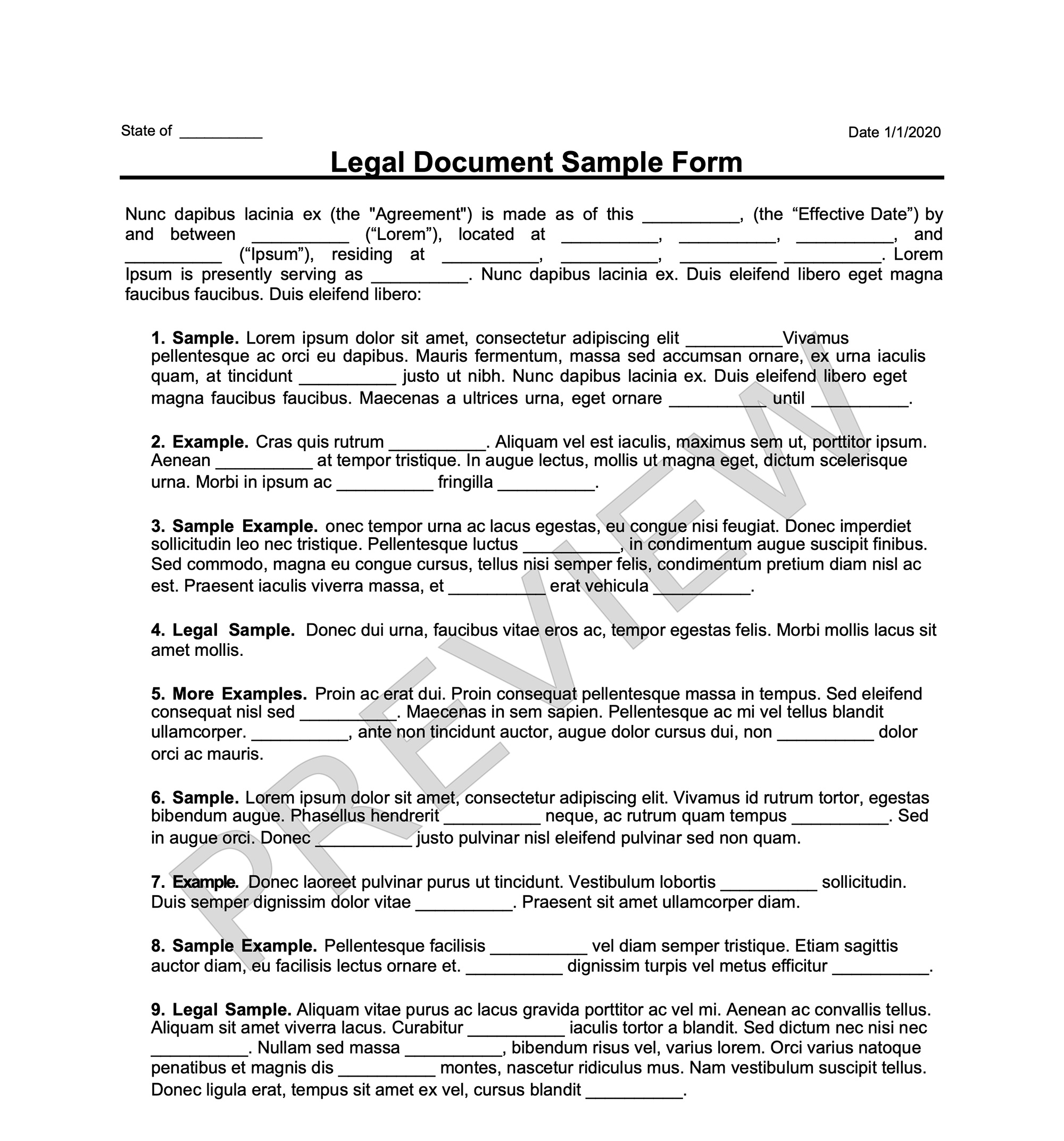
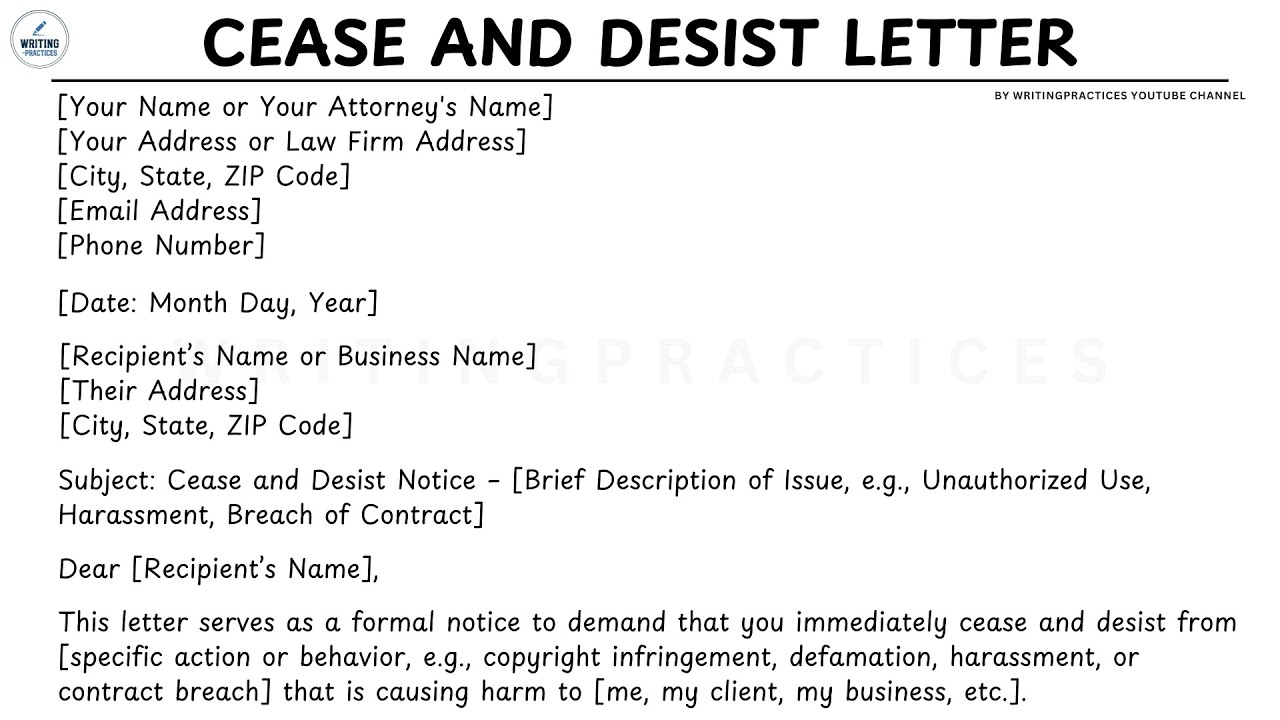
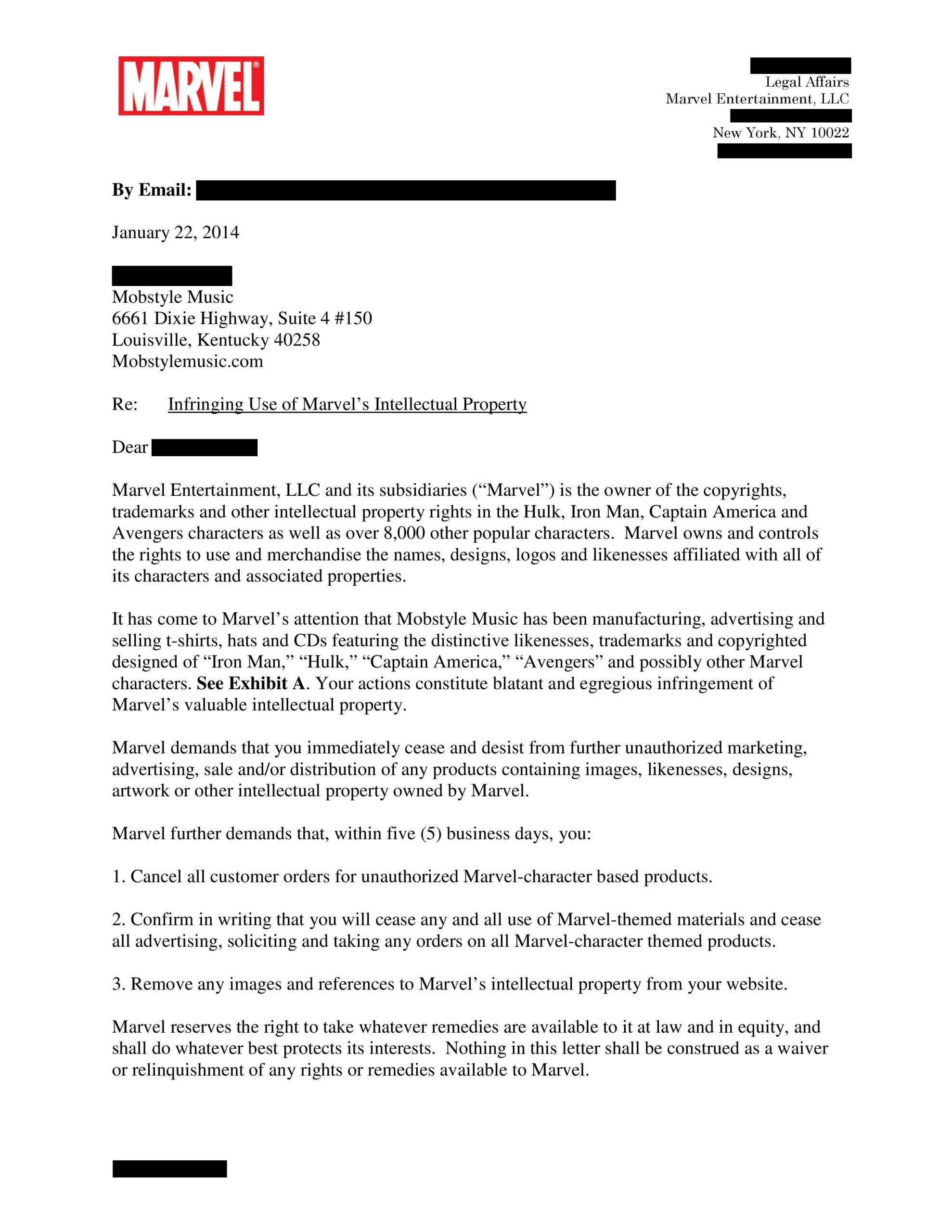
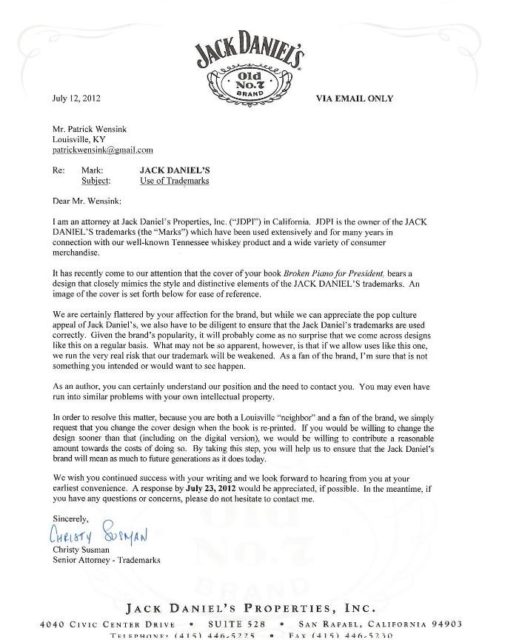
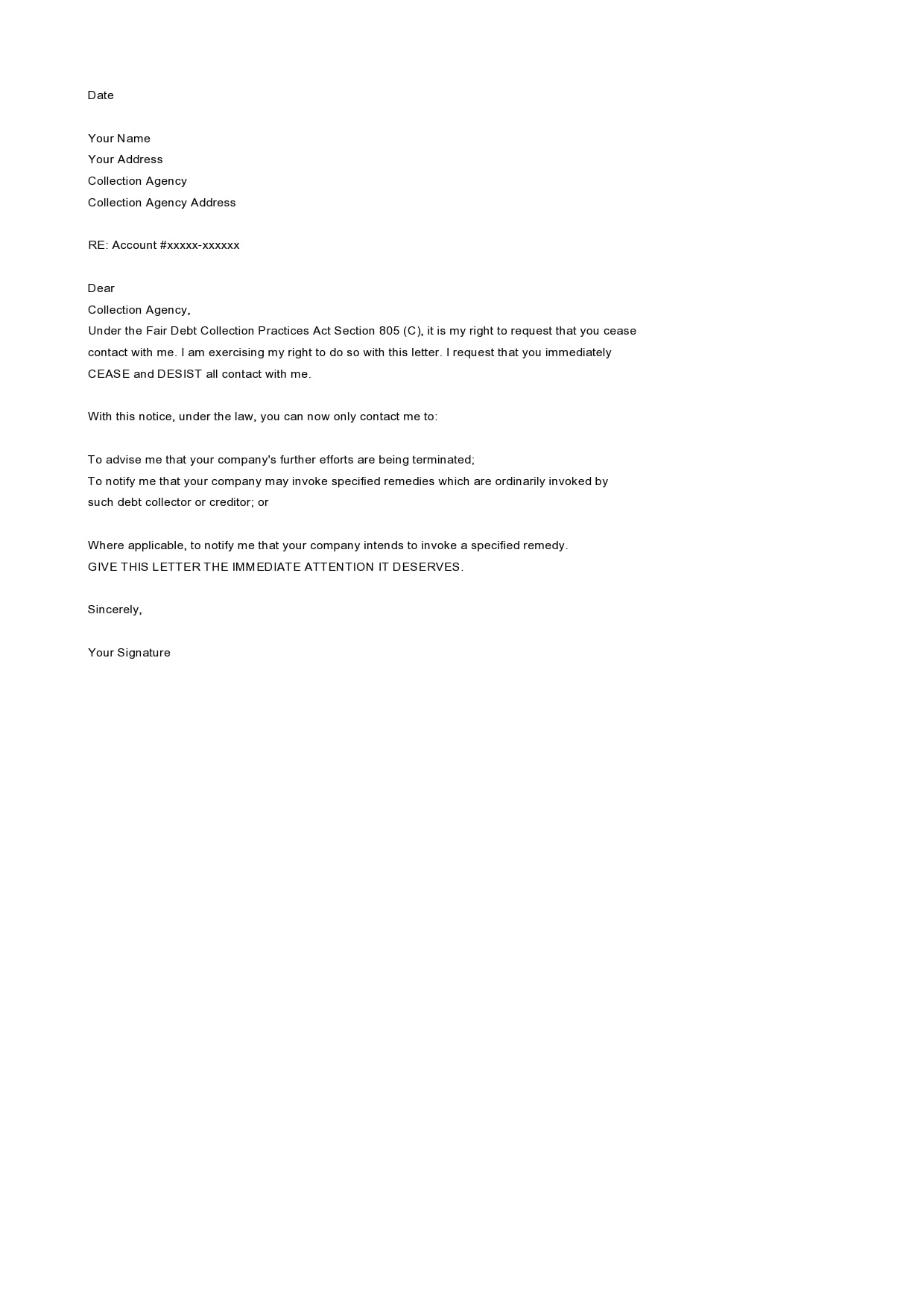
Tips for Successful Implementation of a Cease and Desist Letter
When sending a cease and desist letter, consider the following tips to increase the likelihood of a successful outcome:
- Professional Tone: Maintain a professional and respectful tone throughout the letter to increase the chances of a positive response.
- Follow-Up: If the recipient does not comply with your demands, be prepared to take further legal action if necessary.
- Keep Records: Keep copies of all communications and documentation related to the cease and desist letter for future reference.
By following these guidelines and tips, you can effectively use a cease and desist letter to address issues of misconduct, infringement, or harassment in a timely and professional manner.
Cease and Desist Letter Template – Download